Building an Asset Management Team for the Future Grid:
Common Misconceptions
April 28, 2023 | CWP Energy Solutions
As experienced energy traders and asset managers, we have seen a wide slate of successful and unsuccessful strategies aimed at optimizing assets. As we aid our clients in realizing their portfolio valuation goals, we come across similar challenges along the way that when approached in a sophisticated and forward-looking manner, present additional opportunity. However, all too often these challenges are met with antiquated questions that lead to paralysis and inefficient outcomes. We outline some of the most common below!
The least-risk strategy is no strategy: a passive approach presents the least amount of risk to my portfolio.
While it is indeed true that Active Management Strategies include risks, a passive strategy inherently includes risk as well. The use of asset-backed strategies under a predefined risk criteria ensures that if a single element of the strategy is a “loser,” the other elements are adding value as a hedge. As energy traders, we understand the importance of understanding risk and creating a risk policy to ensure adequate controls are in place. Before a single trade is placed, we work with asset management teams and the respective risk committees to build out a comprehensive risk policy that fits the needs of your business.
The Silver Bullet: My project only has basis risk, therefore I only need term congestion-management products in my Active Asset Management strategy.
One of the most common fallacies of Active Asset Management is the “one-size fits all” approach, in which a portfolio with a specific source of risk is addressed with a single market product (for example, the use of only FTRs/CRRs/TCRs to address basis risk). Not only does this lend to inefficient outcomes, but the use of a single active management tool often misrepresents the ability for active asset management strategies to add value, as market dynamics constantly change. For example, an FTR/CRR/TCR hedge may be profitable one month but a loser for the next three. If other active management tools are not utilized, that basis hedge ultimately looks closer to a passive strategy.
Mr. Market Efficiency: DA/RT markets converge in the long-run, therefore over the long-run a passive strategy returns just as much as an active strategy on a risk-adjusted basis.
Volatility in energy markets certainly makes predicting where to capture value challenging, but the volatility itself is a large source of value that if captured can provide a significant source of value-add to a portfolio. Our use of proprietary data and Artificial intelligence vetted by experienced traders and asset managers allows us to identify opportunity and position portfolios to capture it. Events like Winter Storm Uri or Winter Storm Elliot can pose significant risk to a passive strategy while adding significant value to an active strategy.
The Legal Layup: If my portfolio develops risks that were not present when we executed the offtake arrangement, I will just go back to the counterparty and renegotiate the terms – we both want the same things anyway.
When working with our clients, we strive to ensure that their objectives are met, and often recognize that renegotiating contracts can be as, or more, effective than an active management strategy. We frequently provide due diligence and risk analysis to support these negotiations accordingly. However, we often find that as the margins from offtakers are squeezed, deals that were originally designed to provide the developer fixed price certainty and the offtaker clean energy, evolve to become complex risk management negotiations, with both parties looking for every opportunity to offload undesired risk. This often leads us full circle, and in many cases, makes a stronger case for taking the portfolio completely merchant with an Active Asset Management strategy in place instead.
As intermittent renewables proliferate, so too does the severity of volatility. Predicting nodal revenues in excess of ten years likens to a seat at the craps table. Asset owners maintaining a passive strategy inherently rely on the assumptions used during the development of the project – what we commonly refer to as “price and pray.”
Transmission upgrades, resource retirements and additions, changes to regulations and market rules and general changes to power flow all pose incremental risk to project revenues that simply cannot be (equitably) addressed in contracting structures. All too often we see the losses and risk passed onto the asset owner, leading to the asset becoming “distressed” and subject to divestiture.
Each day, market dynamics present opportunity to extract additional value from each asset, while the risks inherent to your asset continue to grow. What happens when your PTCs expire and your nodal power prices continue to become increasingly negative?
Don’t wait to find out! Let’s discuss how to best augment your asset management team for the grid of the future.





